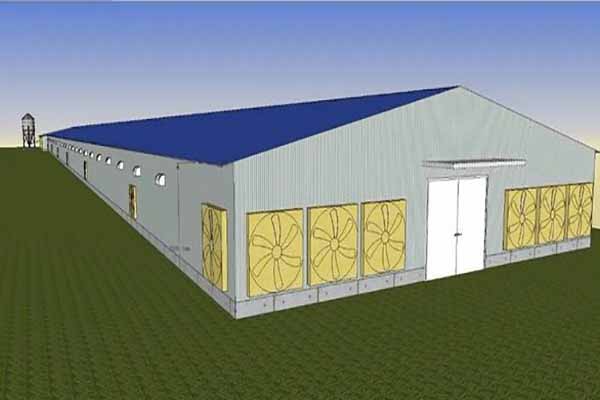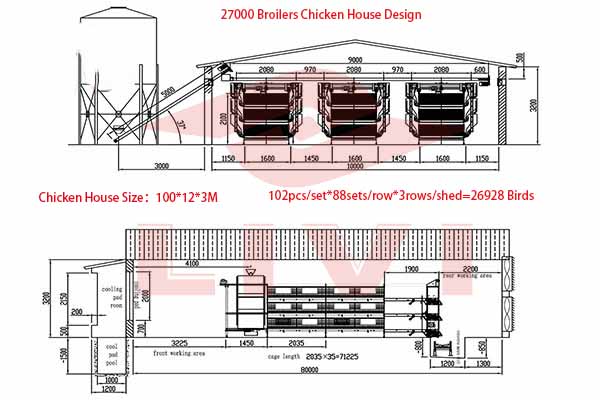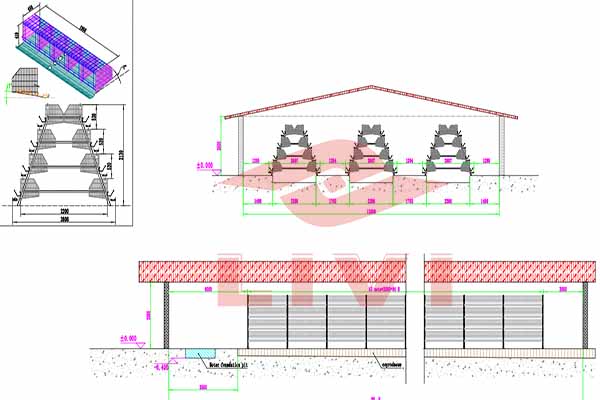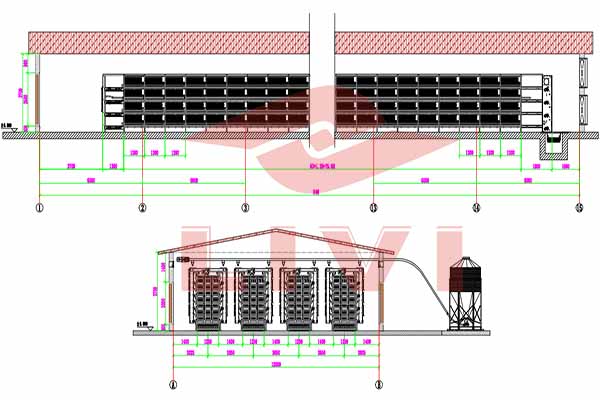Maximize Efficiency: Grow 10,000 Chickens with Automation
Introduction
In today’s fast-paced poultry farming industry, efficiency is key to maximizing profit. Growing 10,000 chickens requires not only space but also advanced management techniques. Automation can be a game-changer for any chicken farm, ensuring a streamlined operation and high yields.
Benefits of Automation in Chicken Farming
– Reduced Labor Costs: Automation can perform tasks that would normally require multiple workers, saving on labor expenses.
– Consistent Environmental Control: Automated systems maintain ideal temperature, humidity, and air quality, improving chicken health and growth rates.
– Increased Productivity: Automation allows for constant monitoring and adjustment of feeding, watering, and cleaning schedules.
How Automation Boosts Growth Efficiency
Here are some key points on how automation contributes to growing 10,000 chickens efficiently:
- Feeding Systems: Automated feeding systems can deliver precise feed amounts at regular intervals, ensuring consistent nutrition for all chickens.
- Watering: Automatic water systems provide a constant water supply, reducing waste and the need for constant manual checks.
- Monitoring Health: Automated sensors and cameras can track chicken activity and behavior, allowing for early detection of illness or distress.
- Cleaning: Automated cleaning equipment can sanitize the henhouse more effectively than manual methods, preventing disease and improving bird welfare.
According to a study published by the Agricultural Economics Research Institute, farms that implement automation experience a 25% increase in productivity and a 30% reduction in costs.
Case Study: Automation in a Large-Scale Chicken Farm
ABC Chicken Farms, a leading poultry producer, implemented automation in its operation. With the help of advanced automation technologies, the farm has been able to manage a flock of 10,000 chickens with a staff of just 20 people. The farm has seen a significant decrease in the mortality rate and an increase in egg production.
| Year | Total Egg Production (Mills) | Number of Chickens Managed | Staff Required |
|---|---|---|---|
| Before Automation | 100 | 8,000 | 100 |
| After Automation | 150 | 10,000 | 20 |
Implementing Automation in Your Chicken Farm
To start automating your chicken farm, consider the following steps:
1. Assess Your Needs: Understand the specific requirements of your farm and the areas where automation can bring the most benefit.
2. Choose the Right Systems: Invest in reliable automation systems such as feeding, watering, monitoring, and cleaning machines.
3. Training: Ensure that your staff is well-trained to operate and maintain the automation equipment.
4. Monitor and Optimize: Regularly monitor the performance of the automation systems and make adjustments as necessary.
Contact Us for Free Automation Solutions
Ready to revolutionize your chicken farming operation? Contact us today to get a free automation design plan and equipment quote from Livi Mechanical. Our experts are here to guide you through the process of transforming your farm with state-of-the-art automation technology.





